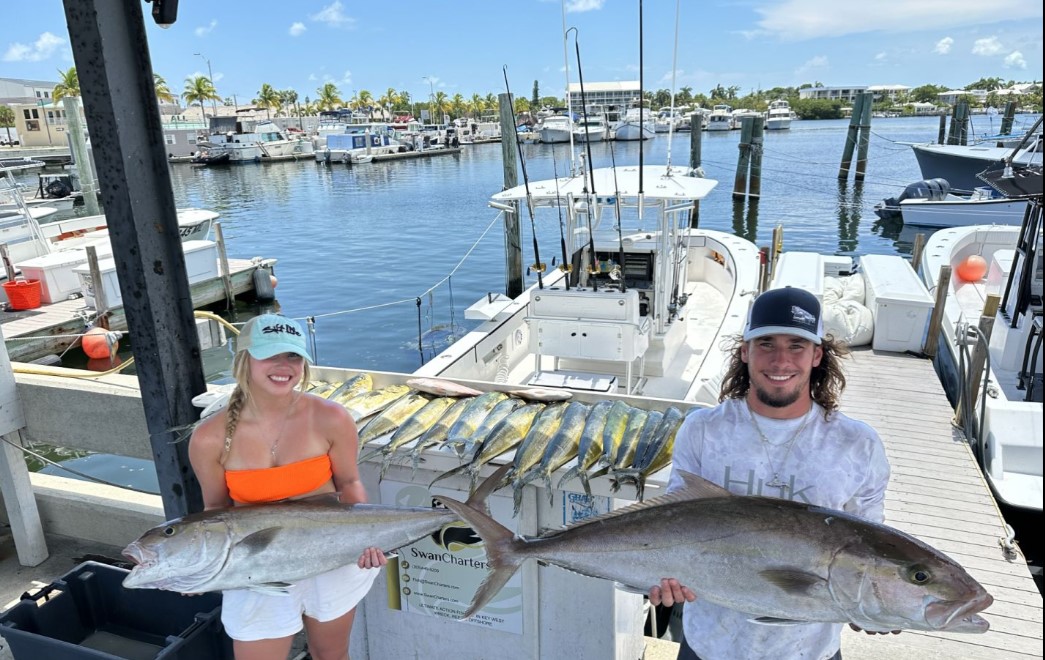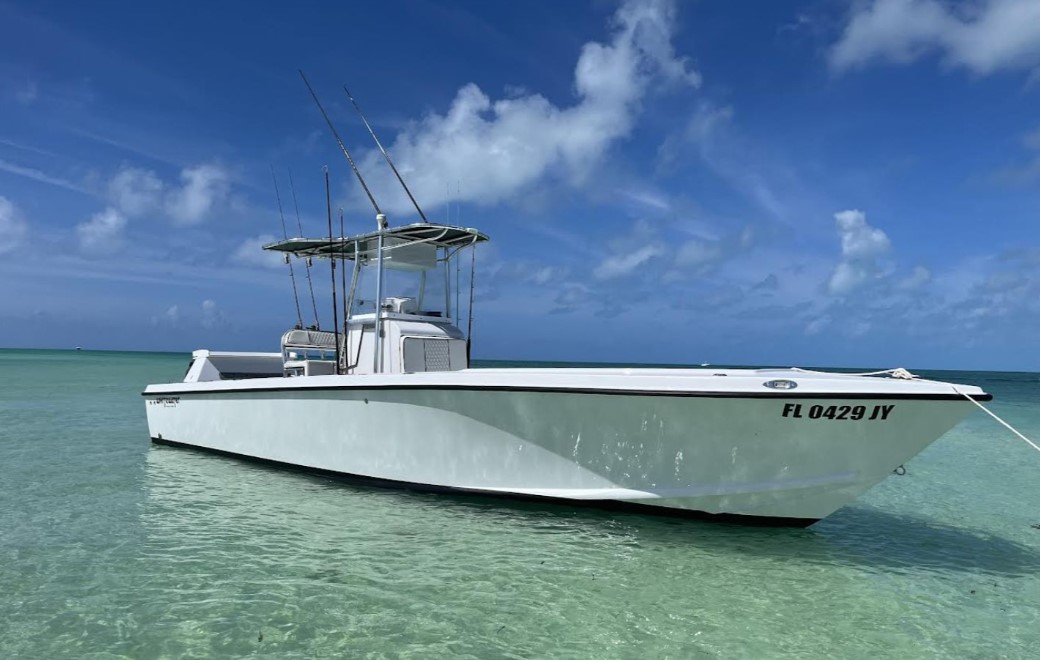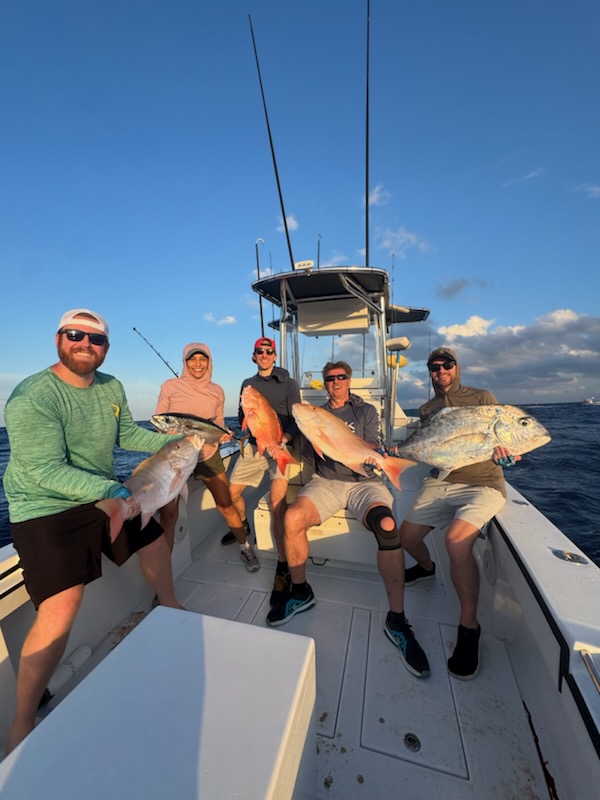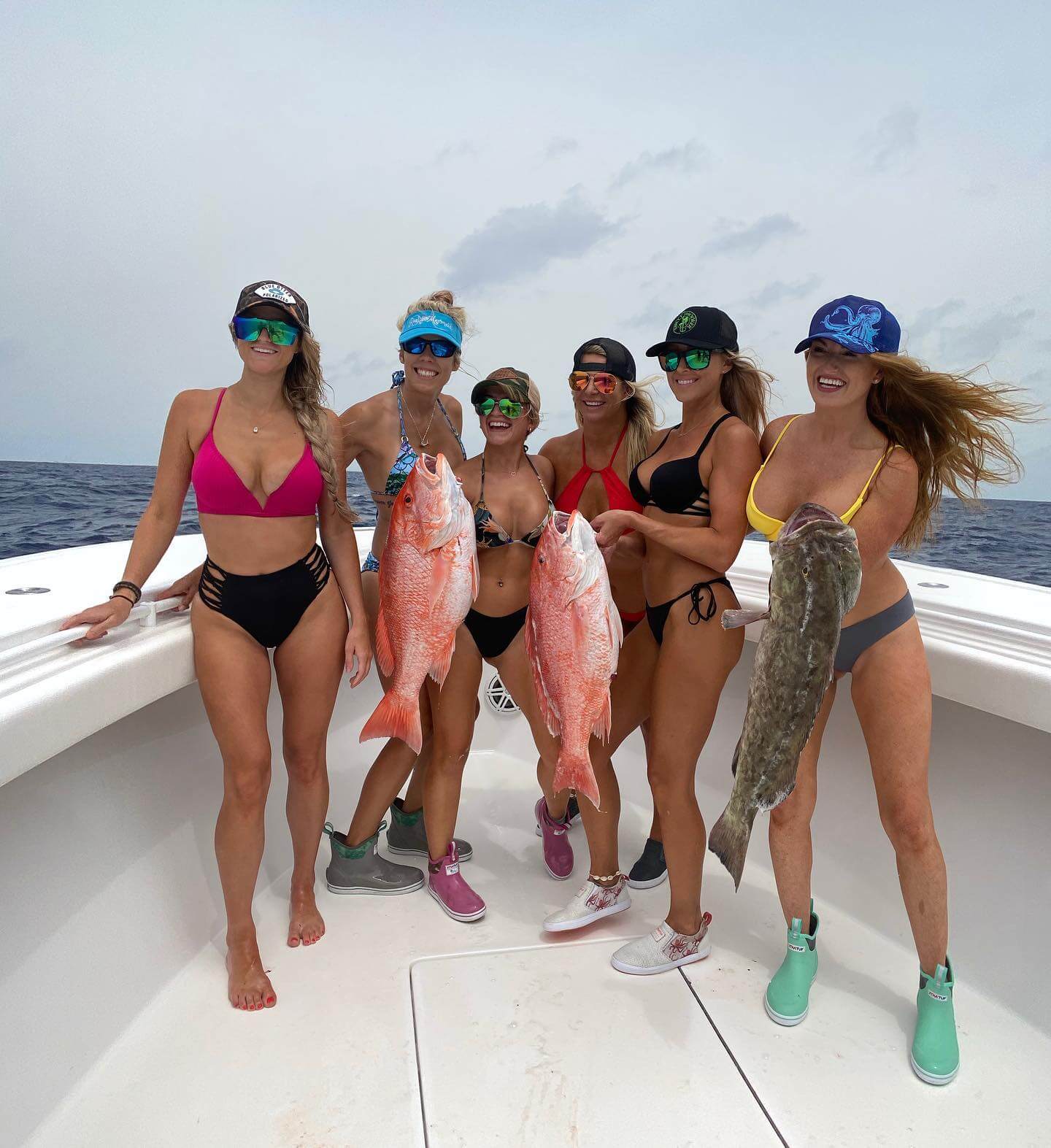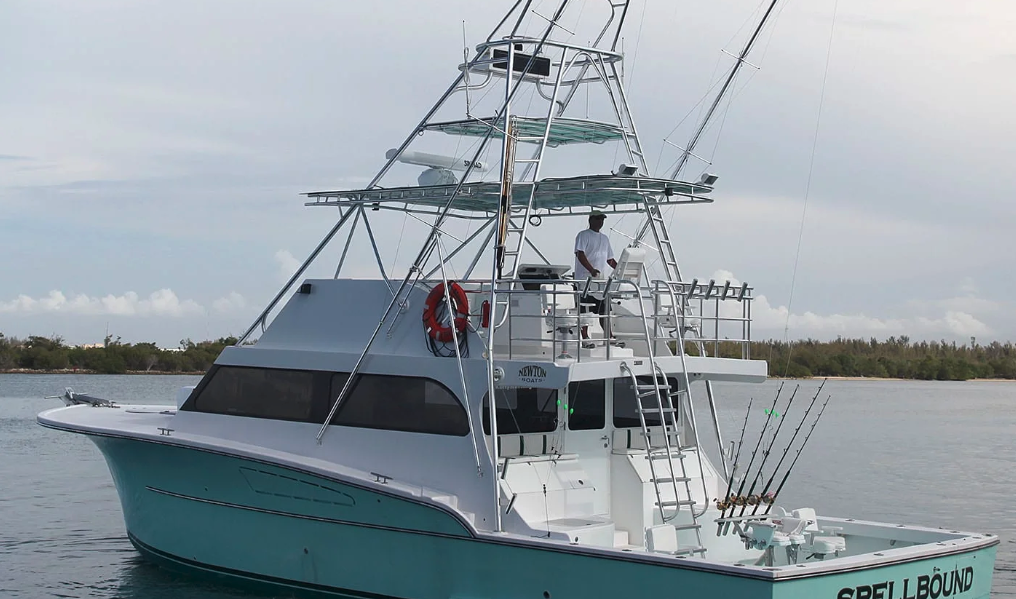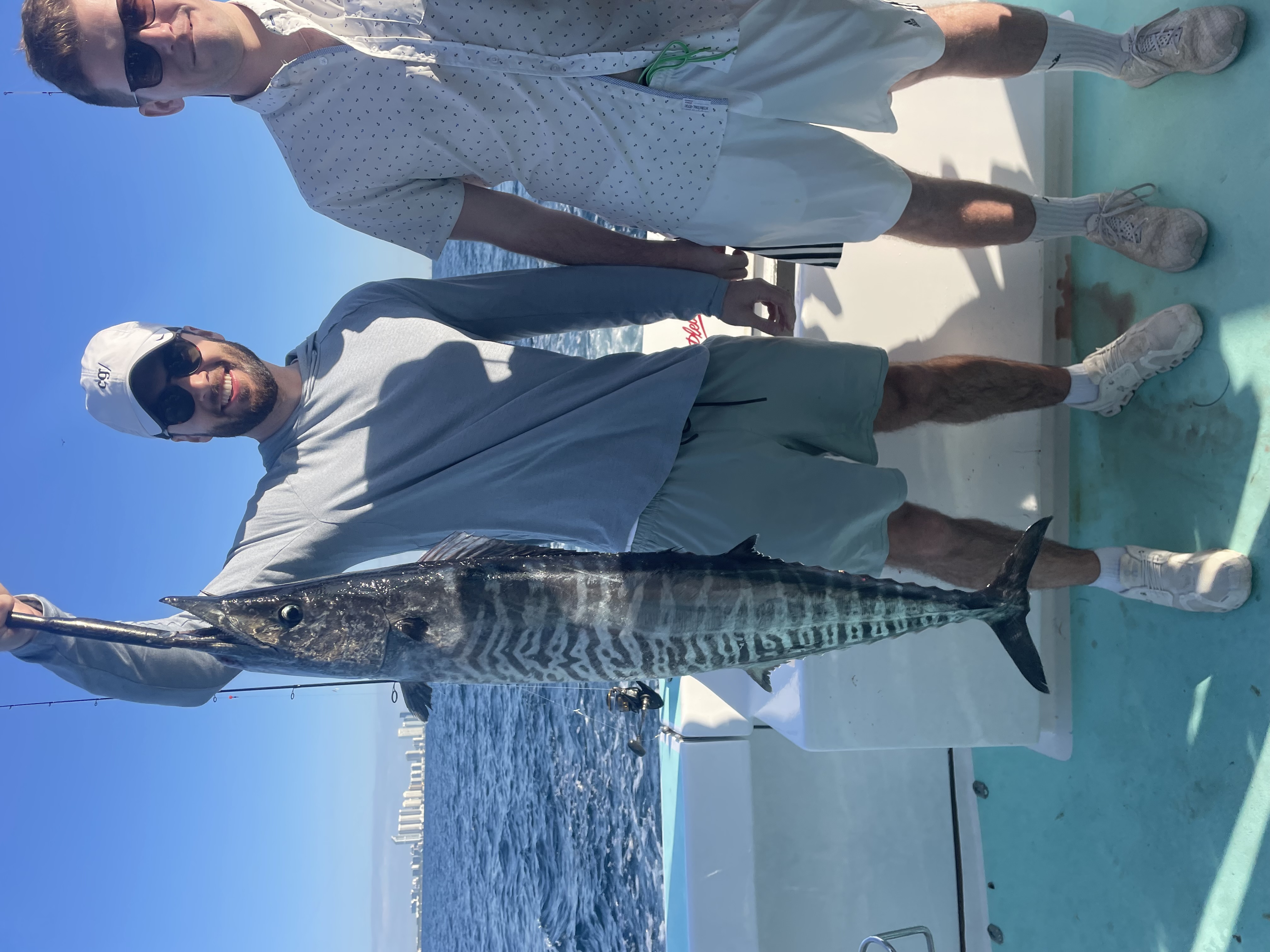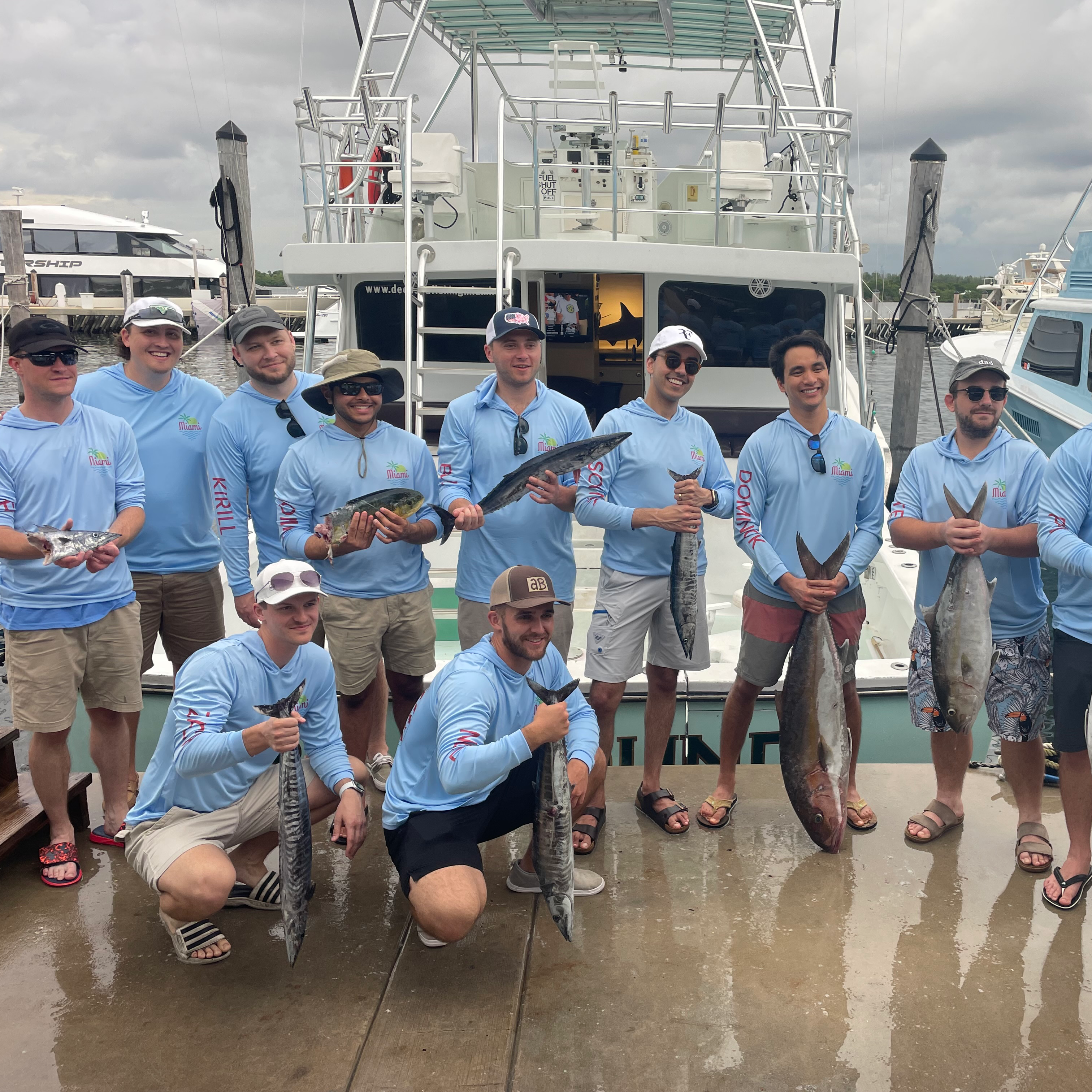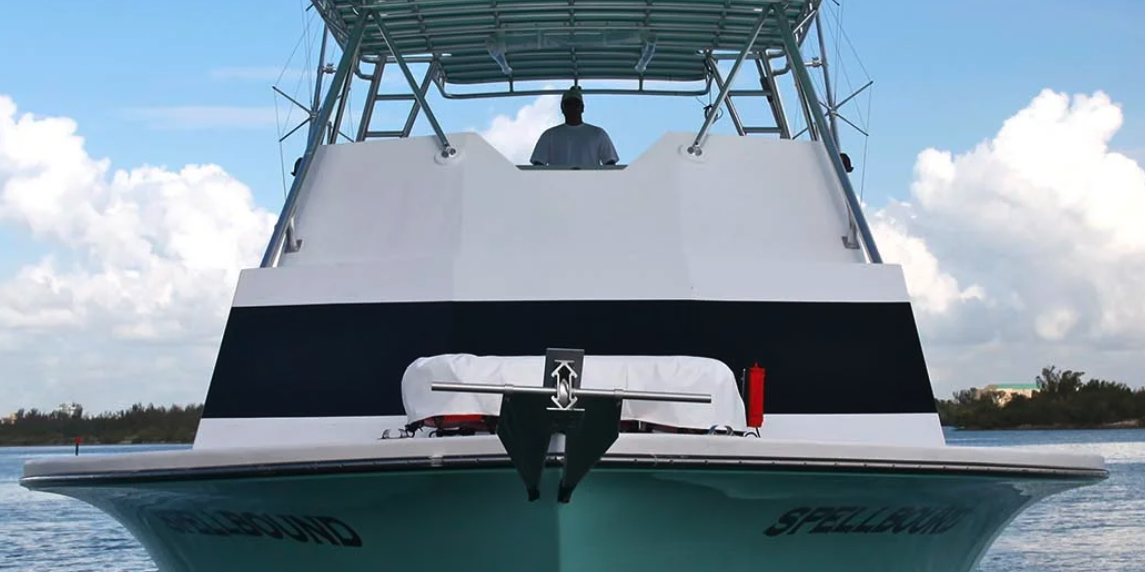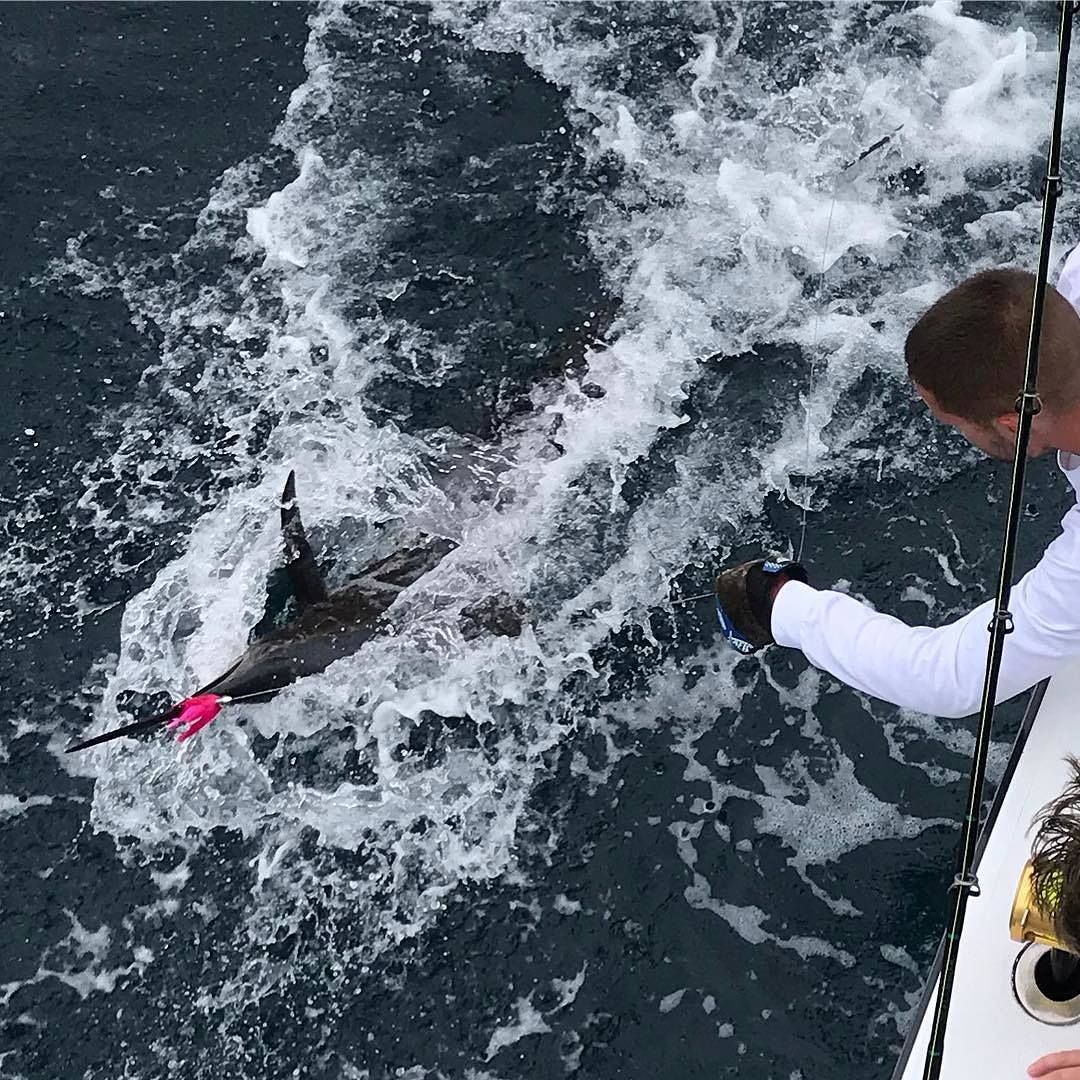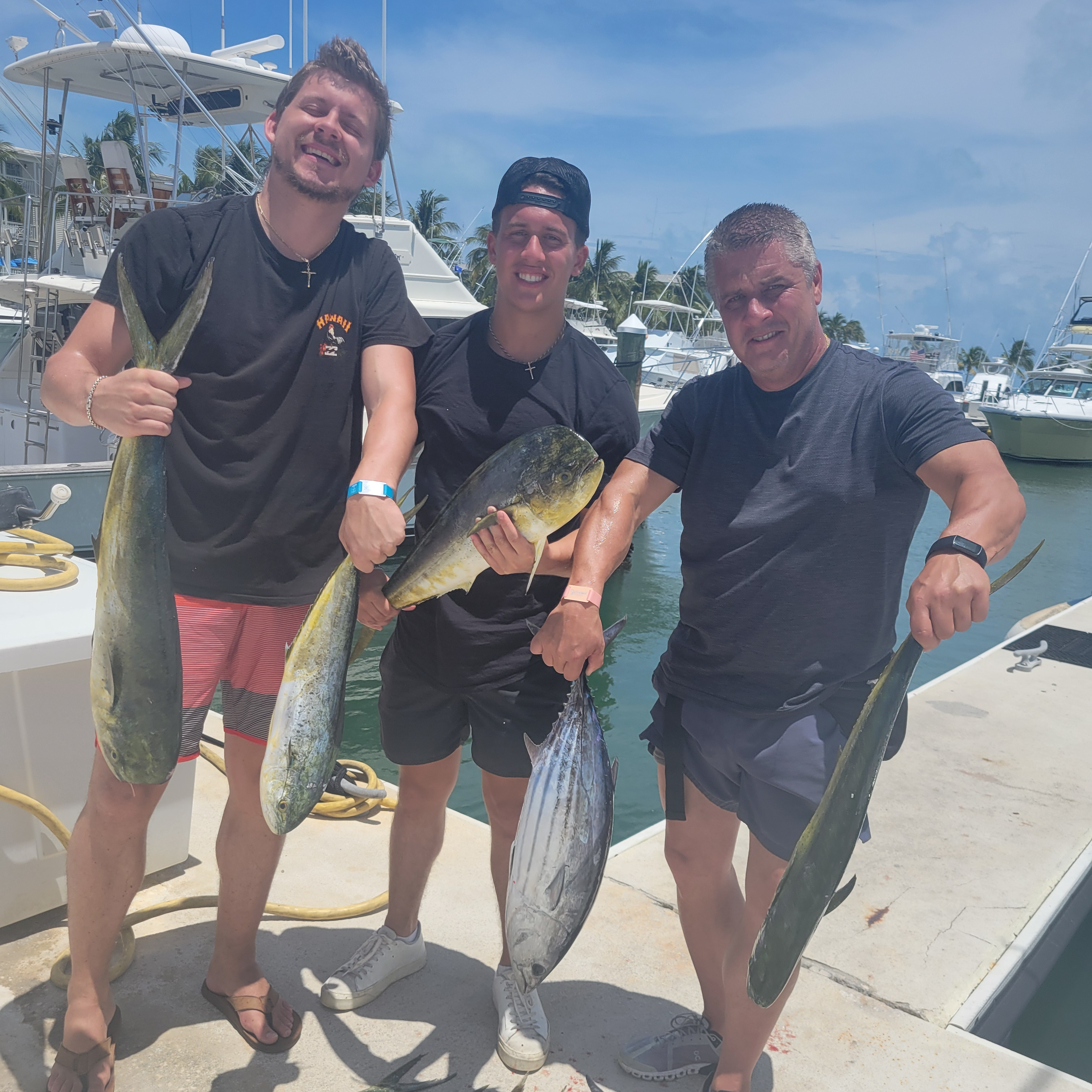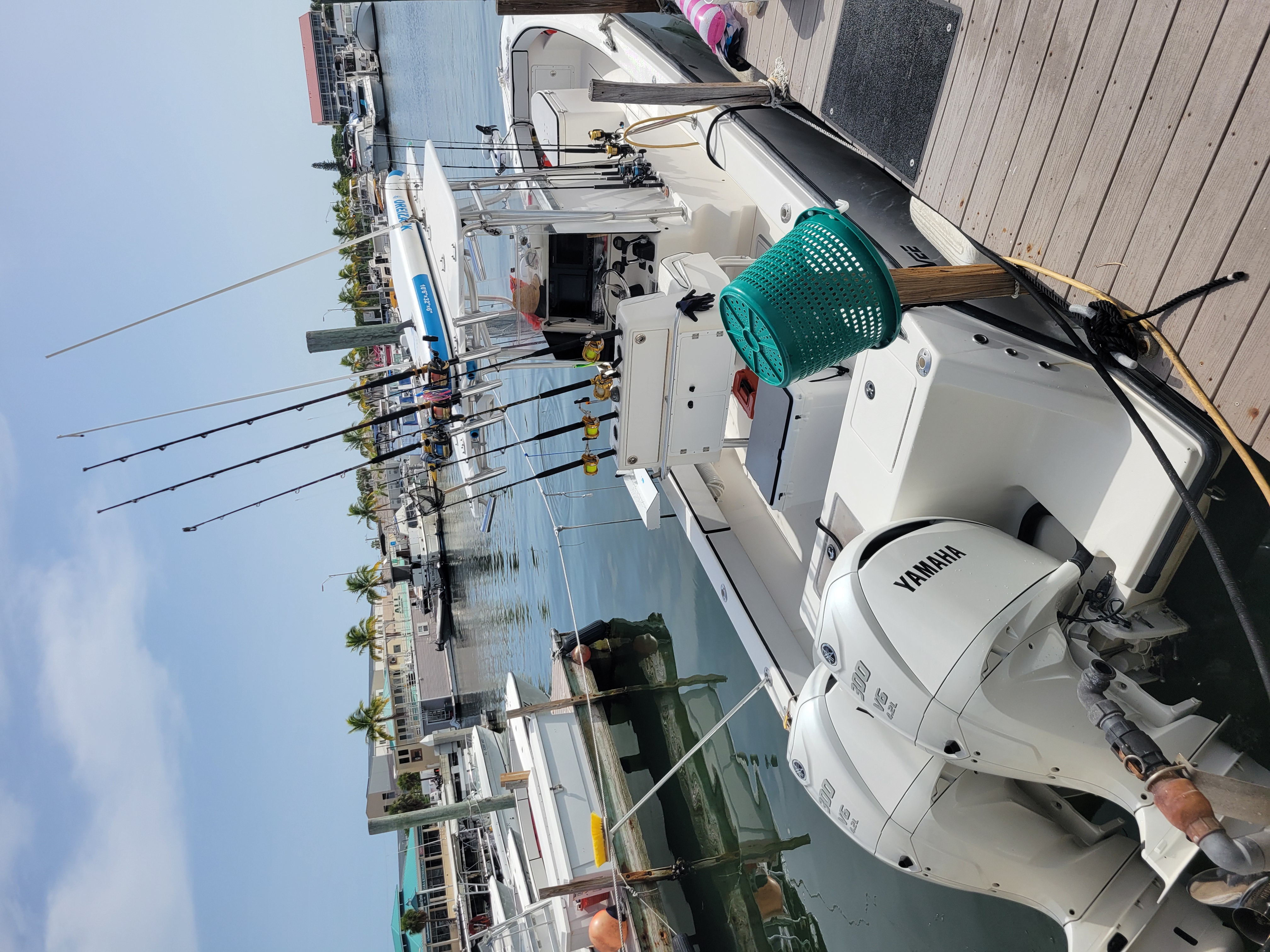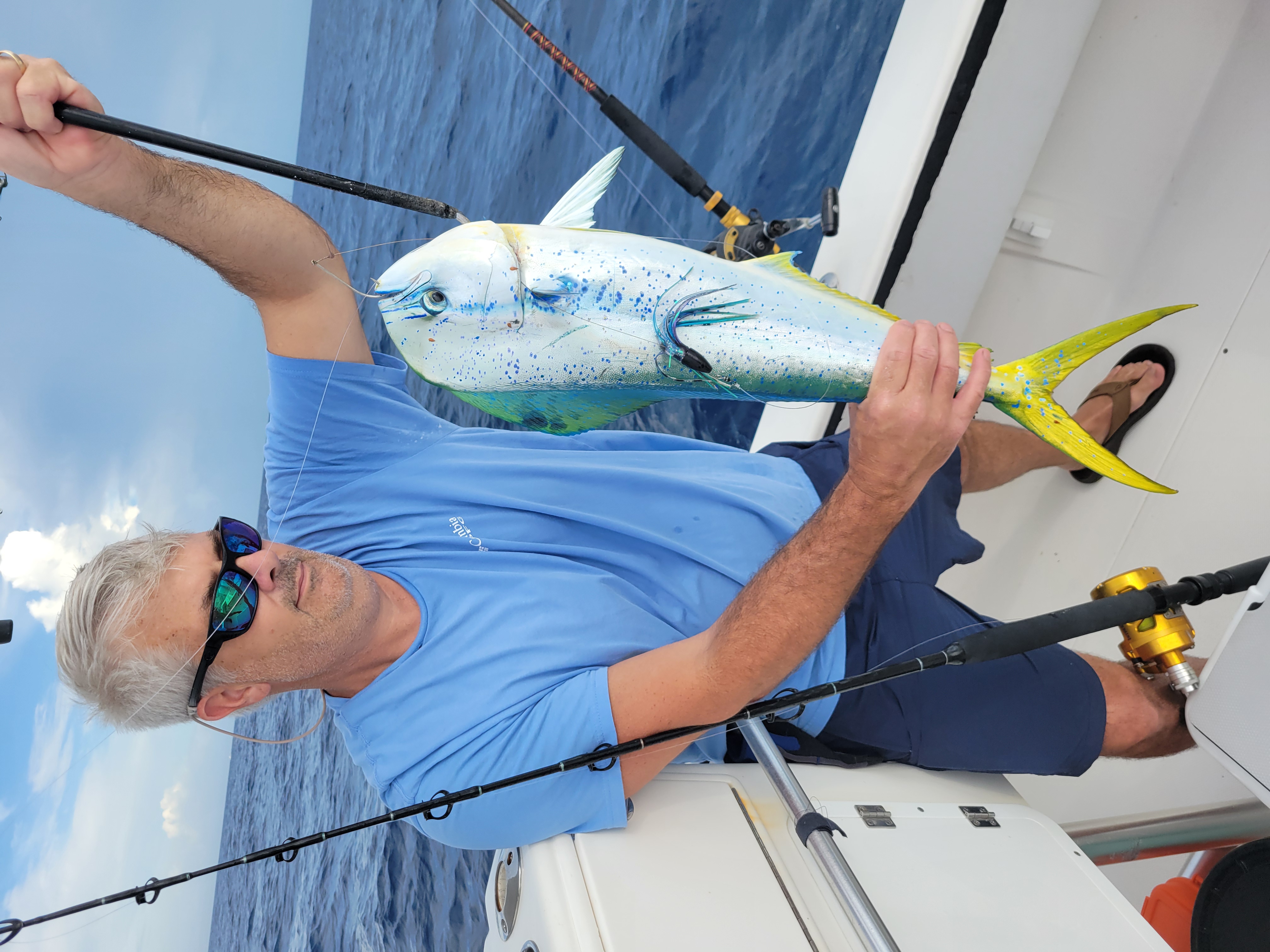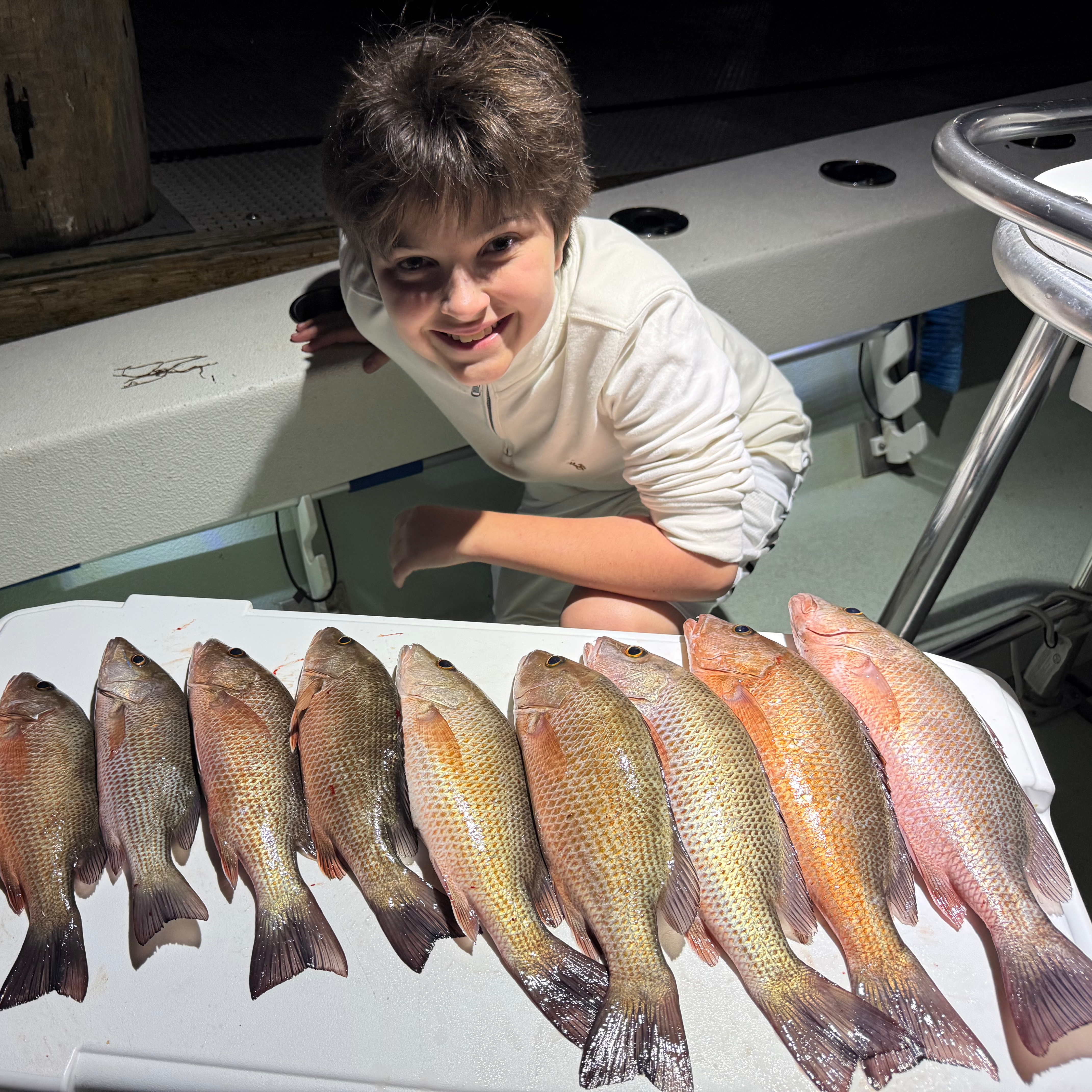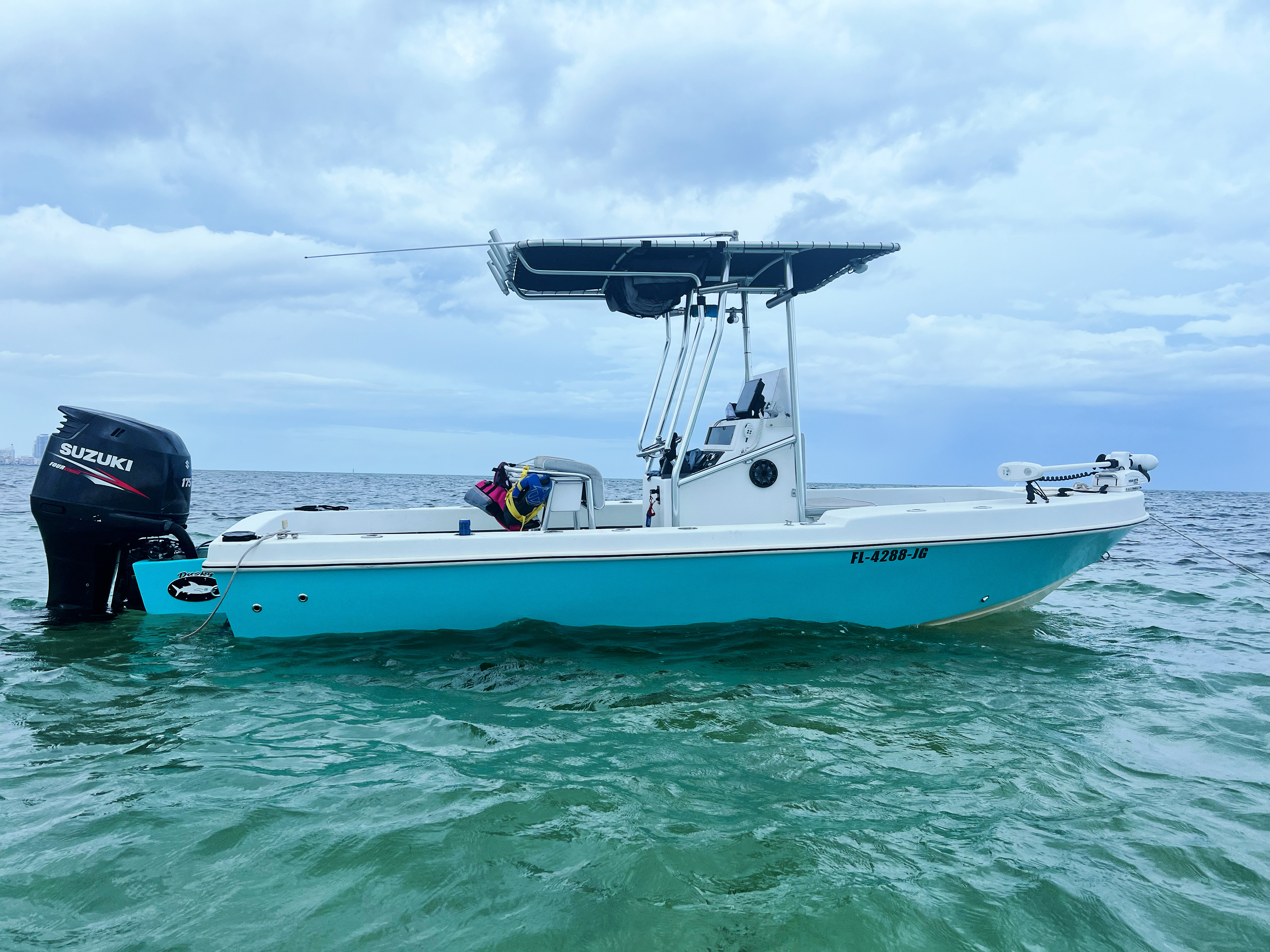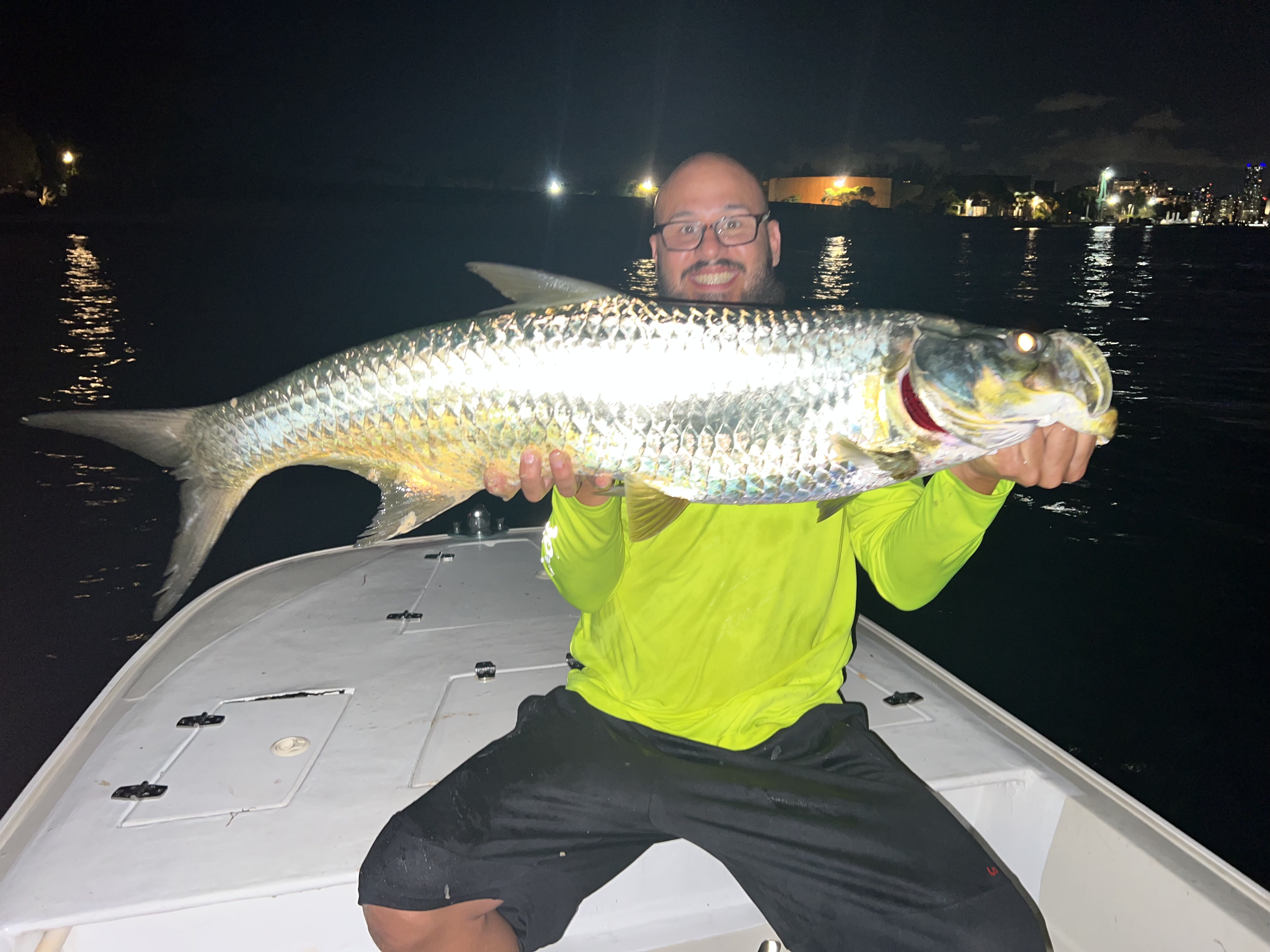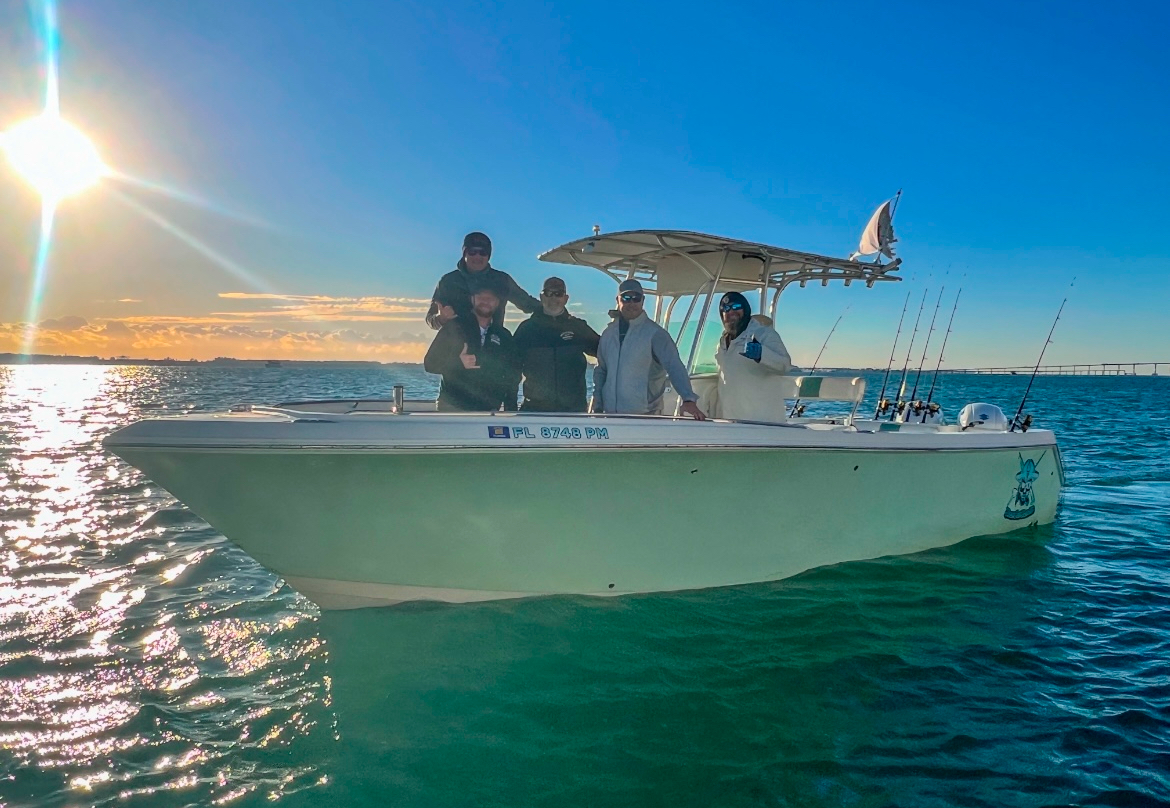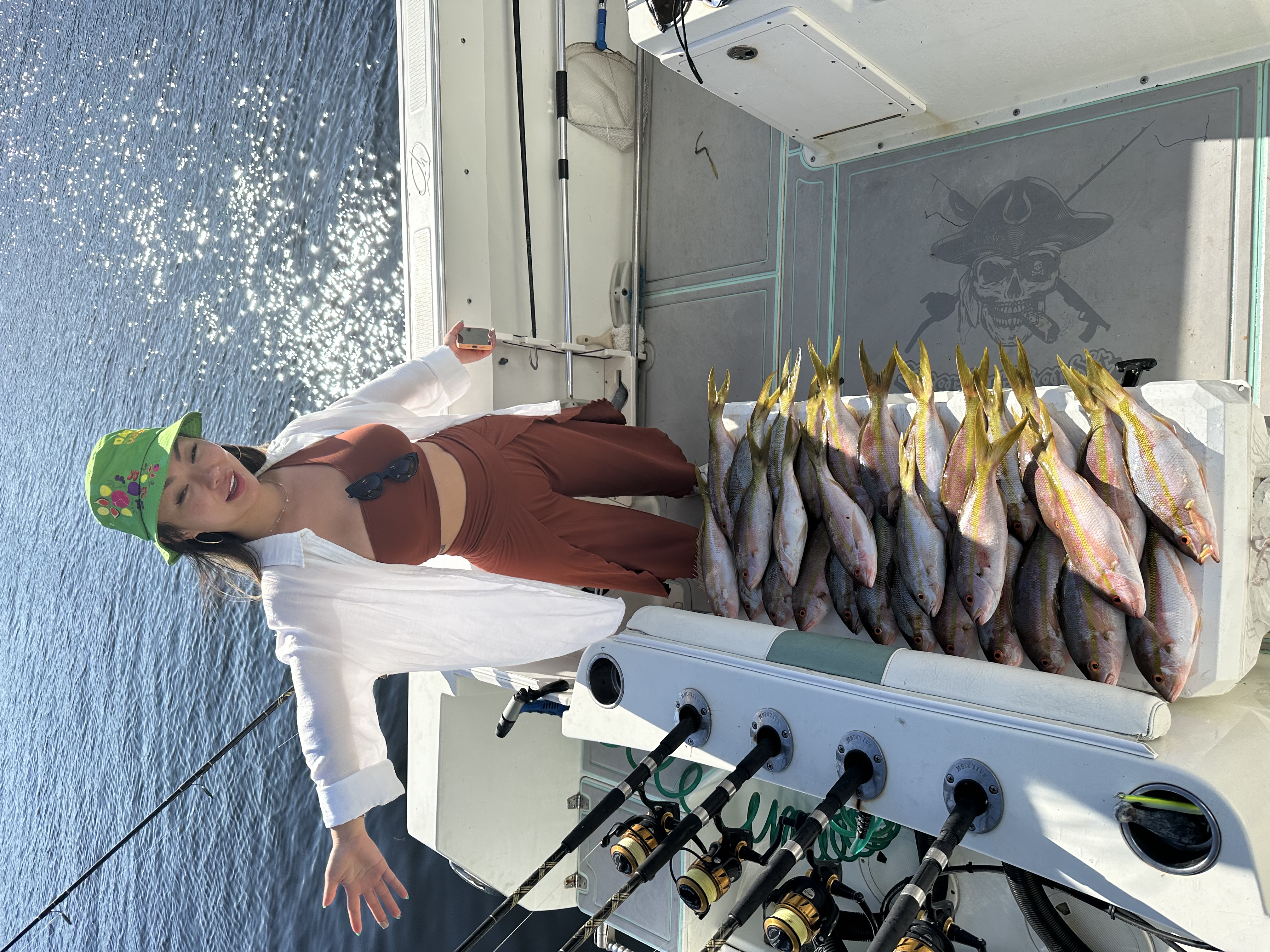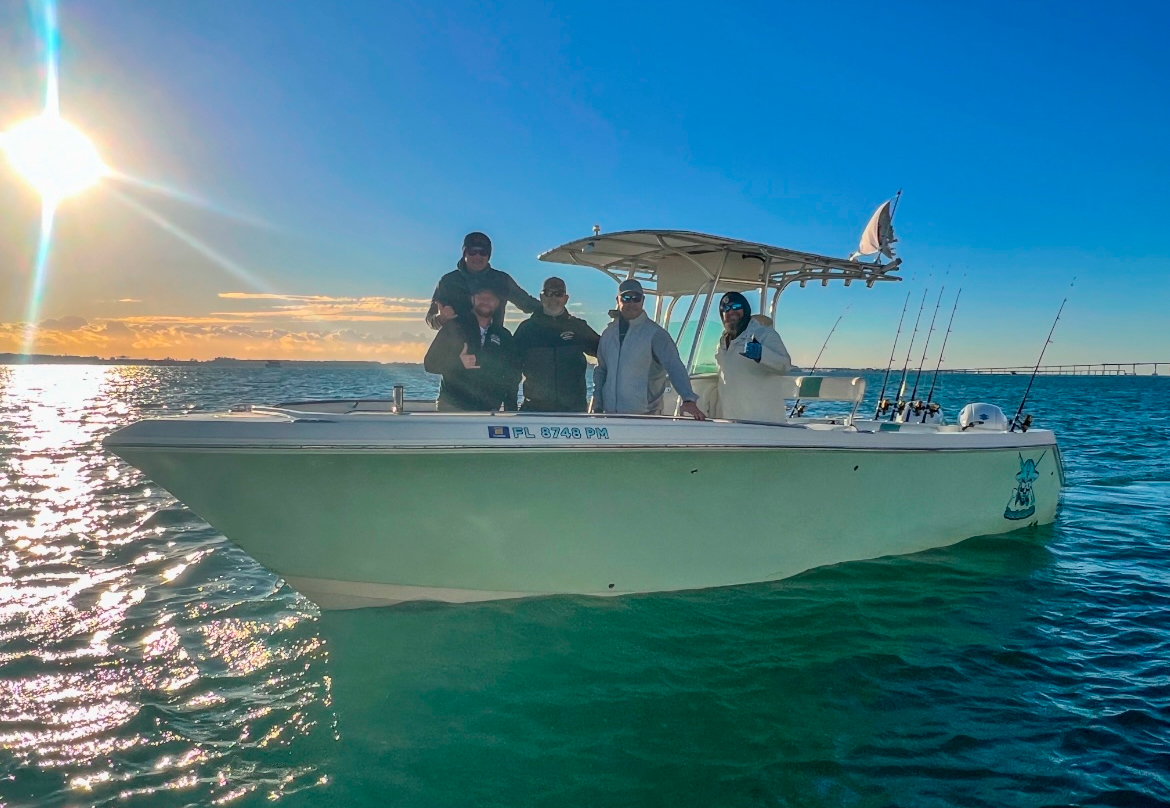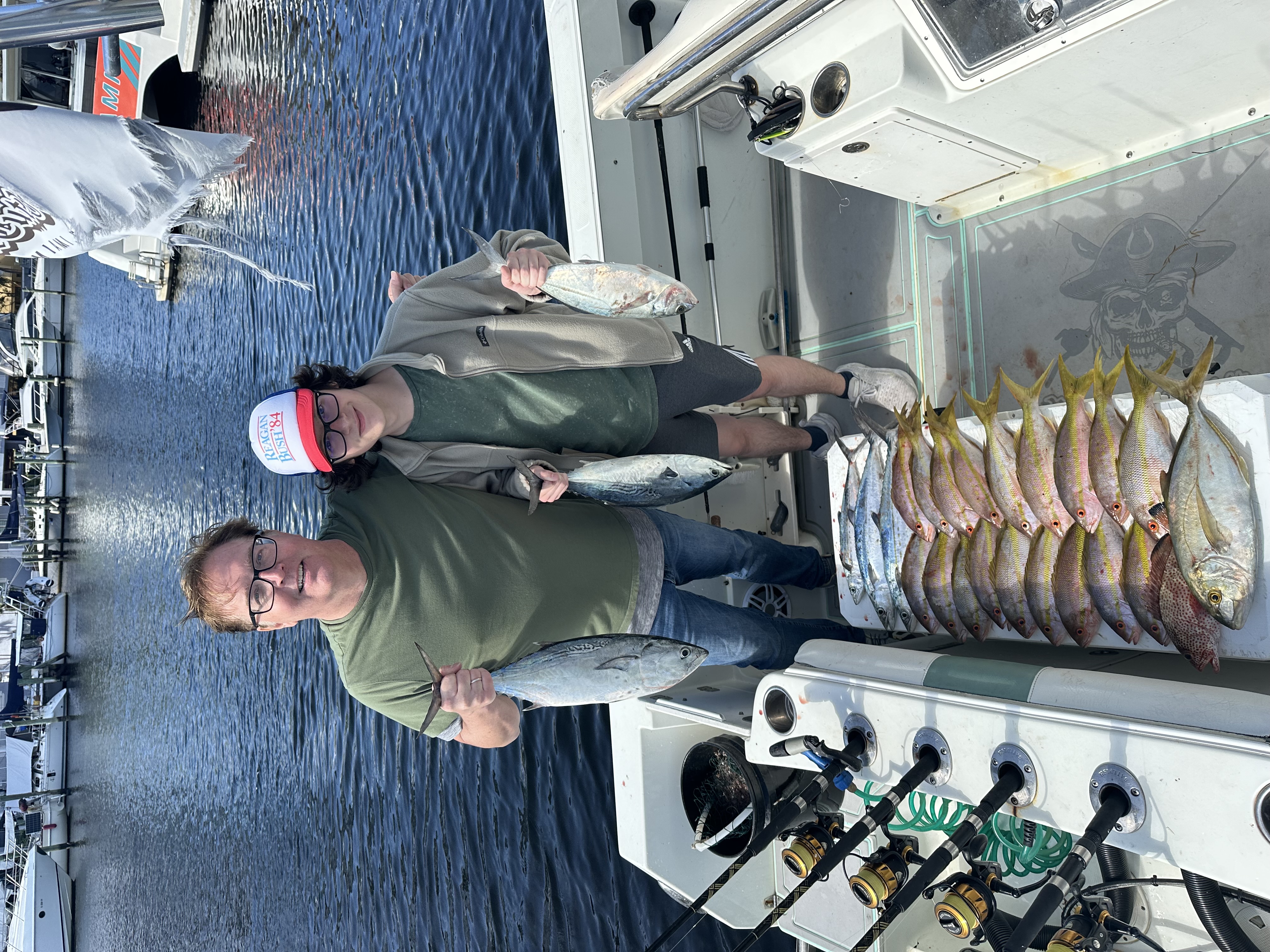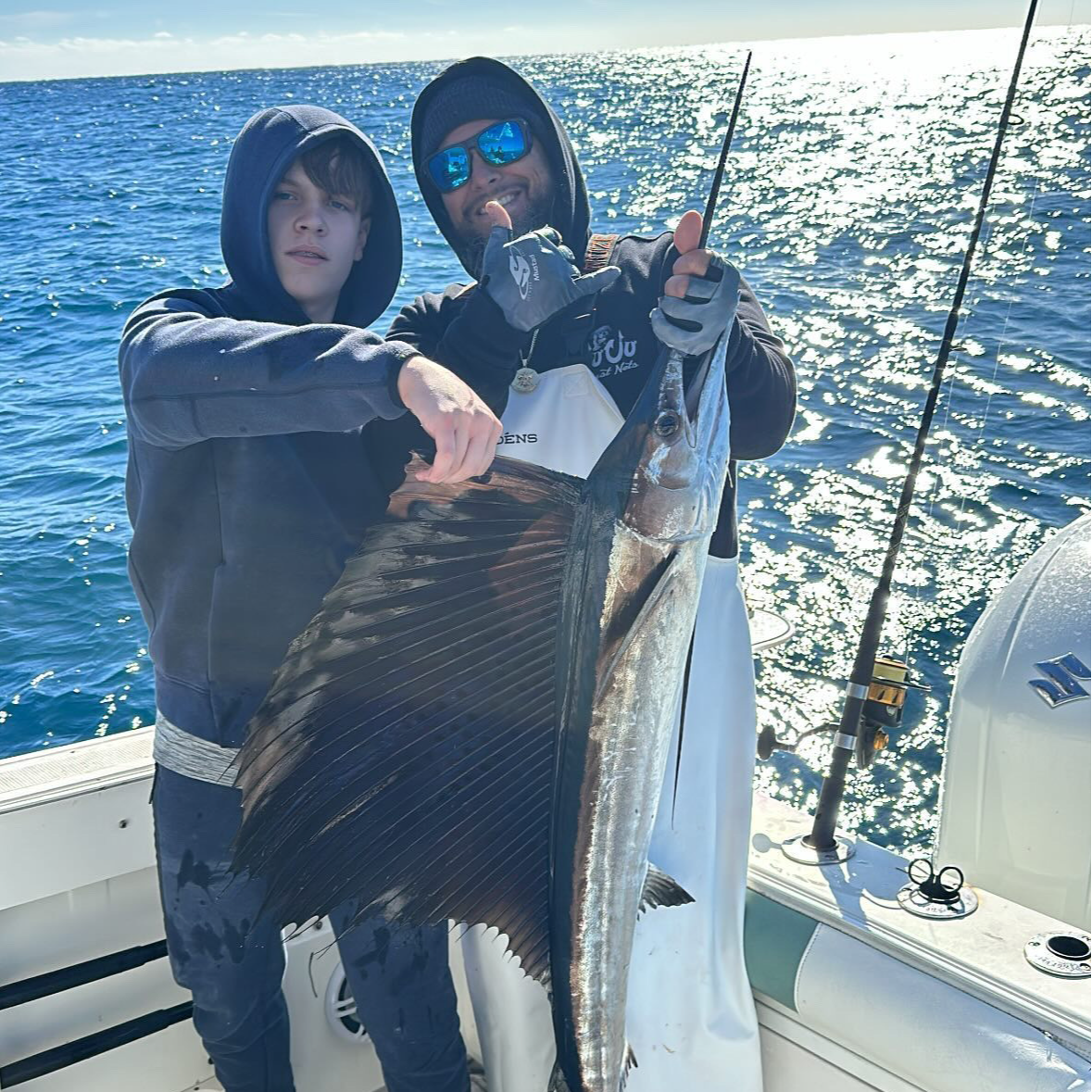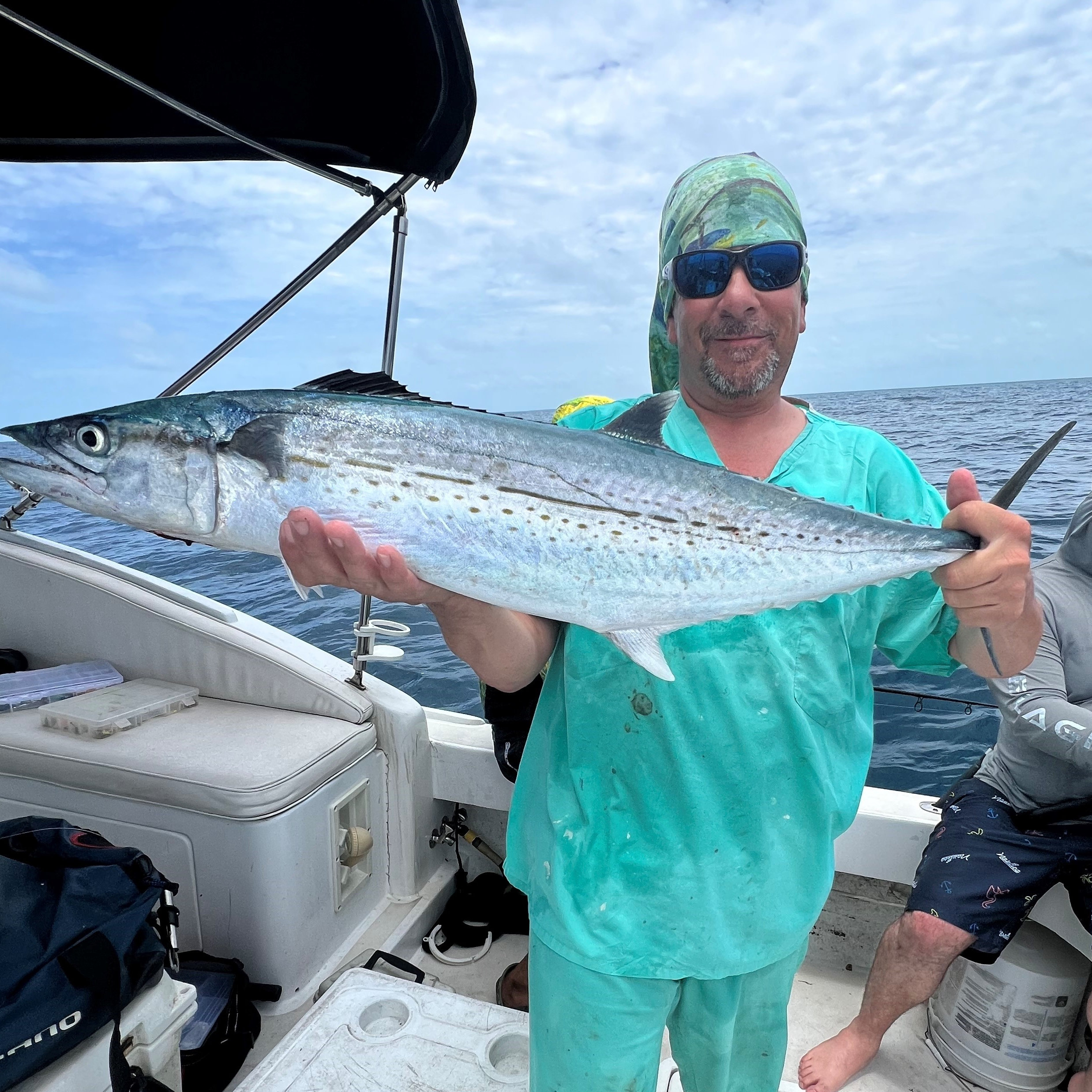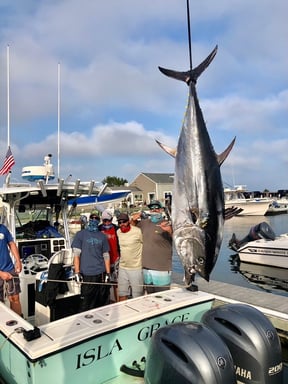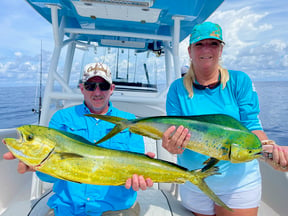Deep Sea, Nearshore Fishing in Key West
Crushing Key West
Dash To The Deep - 41' Onslow
Nearshore Fishing in Miami Beach
Miami Nearshore Reefs And Wrecks
Inshore, Deep Sea, Nearshore in Miami Beach
Bachelor Party Fishing Fun!
Deep Sea, Nearshore Fishing in Key West
Marquesas Key Fishing Adventure
Inshore, Nearshore, Jetty in Miami
Family Kids Miami Night Trip
Deep Sea, Nearshore, Jetty in Miami
Catch And Cook Sashimi/Grilled Fish
Deep Sea, Nearshore, Jetty in Miami
Miami Sport Fishing 🎣
Deep Sea, Nearshore, Jetty in Miami
Miami Sport Fishing 🎣
Inshore, Deep Sea, Nearshore in Miami
Miami Day Trip
We started Captain Experiences to make it easy to book fishing and hunting guides around the world. With over 2,000 Damn Good Guides, our platform makes finding and booking a trip seamless. Head here to check out our trips.
Whether you're fishing for bass on a lake or hunting for a pelagic species offshore, every fisher is in the pursuit of a record, but some fish are downright massive. Below are 5 of the biggest fish species you can target and catch if you're ready to fight to get them onboard.
1. Blue Marlin
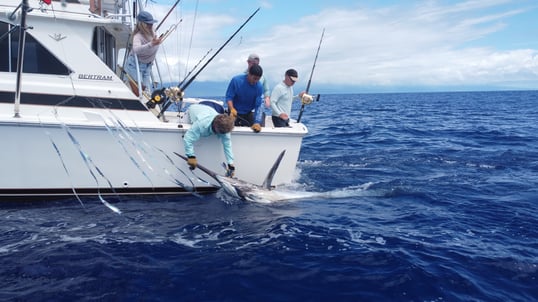
They’re considered the king of all fish and can be found throughout the waters of the Atlantic, Indian, and Pacific Oceans. When you hook into one, these fish are powerful, making them highly prized by anglers.
Marlin are highly migratory and travel the world, with one study even following a tagged marlin for 9,254 miles. They are the largest of the billfish and have excellent eyesight, stamina, cold tolerance, and hunting skills. Blue marlin can reach sizes of up to 2,000 pounds and around 12 feet long, making them one of the truly giant sport fish.
2. Swordfish
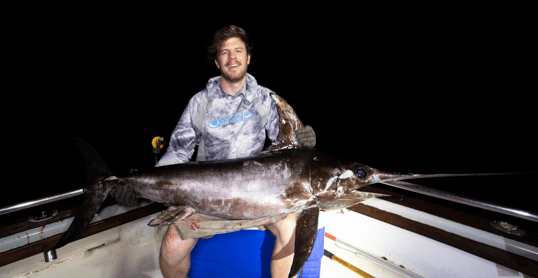
Slightly above average swordfish caught by Co-Founder Attison in Dar es Salam with Capt. Dom
Swordfish are elongated, round-bodied, and lose all teeth and scales by adulthood. The typical size of a swordfish is from eight to ten feet long, weighing 200 to 400 pounds. That being said, swordfish can max out around 15 feet long and over 1,400 pounds.
Swordfish are found throughout tropical and temperate waters, and can typically be found from near the surface to a depth of 1,800 feet. Fishing for swordfish in the mornings and evenings can be done trolling or drifting bait, but during the day, fishing near the bottom is most effective. During the day, swordfish can be caught while deep dropping, bottom fishing, or just drifting bait.
3. Bluefin Tuna
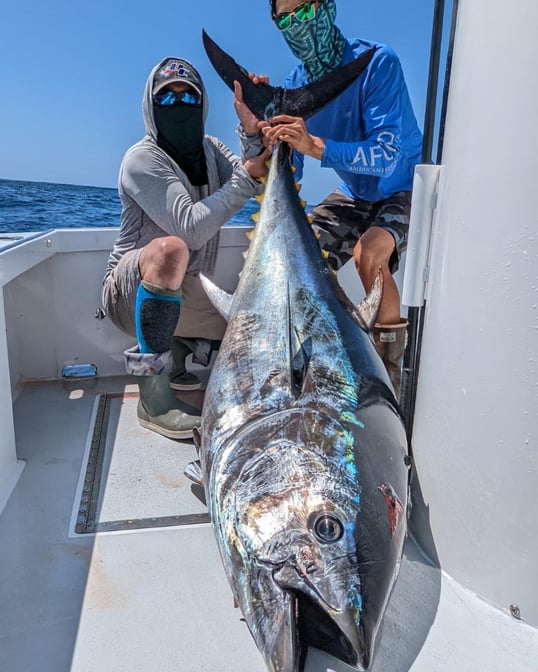
Bluefin Tuna Fishing in Dana Point, California on Capt. Anton's 24-Hour Adventure
These fish are popular among anglers and seafood lovers as both sport and food. The best way to catch a bluefin is by trolling or drifting bait near the Continental Shelf. If you’re lucky enough to hook into a big one, these fish are formidable fighters and the battle will last for hours.
Bluefin tuna can be found spread out through the Atlantic and Pacific Oceans and its adjacent seas, with a high concentration in the North Atlantic. Some of the best places to catch these bluefin are in Massachusetts and California.
While these fish can be caught here regularly, they’re also highly migratory and will travel thousands of miles from Japan to California. This can make finding them difficult. Luckily, they tend to follow a pattern related to their spawn, allowing anglers to hone in on the peak seasons.
4. Goliath Grouper
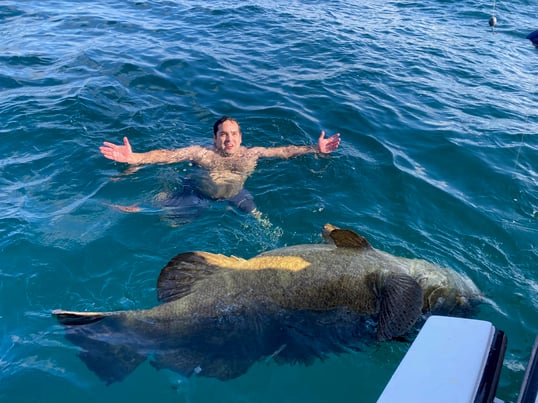
Goliath grouper fishing in Clearwater, Florida with Capt. Dale
These massive fish can grow to over eight feet in length and over 600 pounds in some cases. Goliath grouper grow slowly, but with a lifespan of over 50 years, they have plenty of time to get big. That being said, the average catch will be between 75 and 150 pounds. Goliath grouper eat sea turtles and crustaceans, but some great bait to include would be burrfish, catfish, toadfish, octopus, ladyfish, and jack crevalle.
5. Cubera Snapper
The cubera snapper record stands at 124 pounds and was caught by a fisherman out of Louisiana, but the average catch is around three feet long and over 40 pounds. Despite their size, they’re generally found in shallower water than other snapper species, with a usual depth between 50 to 200 feet. Similar to the Mangrove snapper, cubera snapper have a gray to dark brown coloration.
Cubera snapper have a blunt snout, thick lips, and large teeth. These fish can be found in a similar area to most other snapper species, ranging from Canada to Brazil. This giant snapper species feeds primarily on baitfish and some crustaceans. Thanks to their large canine teeth, feeding on lobster or crab is no problem. Like most snapper species, cubera forage near the bottom or in the vicinity of hard structures.
Book Your Next Fishing Trip
While taking a boat out to target any of these massive fish is fun, it’s also a lot of work. Depending on the area you plan to fish and what season it is, catching one of these fish will require local knowledge and proper rigging. Having the proper set up can make or break a trip targeting one of these trophy sized fish and makes hiring a guide that much more worthwhile.
Guides have been targeting these species for years and are happy to show you how to catch one. If taking months to learn how your target species sounds like too much work, there are plenty of guides that will take care of everything and get you in on the action. To make the most of your time spent on the water, you can check out our guides and find your next trip here.
Joey Butrus
Updated on May 17, 2023
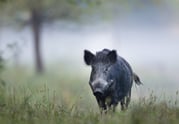
November 7, 2023

July 31, 2024

January 7, 2022
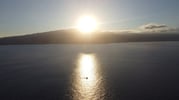
April 26, 2022

June 22, 2022
Related Articles
December 1, 2021
July 18, 2022
September 28, 2022
Featured Locations
- Fishing Charters Near Me
- Austin Fishing Guides
- Biloxi Fishing Charters
- Bradenton Fishing Charters
- Cabo San Lucas Fishing Charters
- Cancun Fishing Charters
- Cape Coral Fishing Charters
- Charleston Fishing Charters
- Clearwater Fishing Charters
- Corpus Christi Fishing Charters
- Crystal River Fishing Charters
- Dauphin Island Fishing Charters
- Daytona Beach Fishing Charters
- Destin Fishing Charters
- Fort Lauderdale Fishing Charters
- Fort Myers Fishing Charters
- Fort Walton Beach Fishing Charters
- Galveston Fishing Charters
- Gulf Shores Fishing Charters
- Hatteras Fishing Charters
- Hilton Head Fishing Charters
- Islamorada Fishing Charters
- Jacksonville Fishing Charters
- Jupiter Fishing Charters
- Key Largo Fishing Charters
- Key West Fishing Charters
- Kona Fishing Charters
- Lakeside Marblehead Fishing Charters
- Marathon Fishing Charters
- Marco Island Fishing Charters
- Miami Fishing Charters
- Montauk Fishing Charters
- Morehead City Fishing Charters
- Naples Fishing Charters
- New Orleans Fishing Charters
- New Smyrna Beach Fishing Charters
- Ocean City Fishing Charters
- Orange Beach Fishing Charters
- Panama City Beach Fishing Charters
- Pensacola Fishing Charters
- Pompano Beach Fishing Charters
- Port Aransas Fishing Charters
- Port Orange Fishing Charters
- Rockport Fishing Charters
- San Diego Fishing Charters
- San Juan Fishing Charters
- Sarasota Fishing Charters
- South Padre Island Fishing Charters
- St. Augustine Fishing Charters
- St. Petersburg Fishing Charters
- Tampa Fishing Charters
- Tarpon Springs Fishing Charters
- Venice Fishing Charters
- Virginia Beach Fishing Charters
- West Palm Beach Fishing Charters
- Wilmington Fishing Charters
- Wrightsville Beach Fishing Charters
